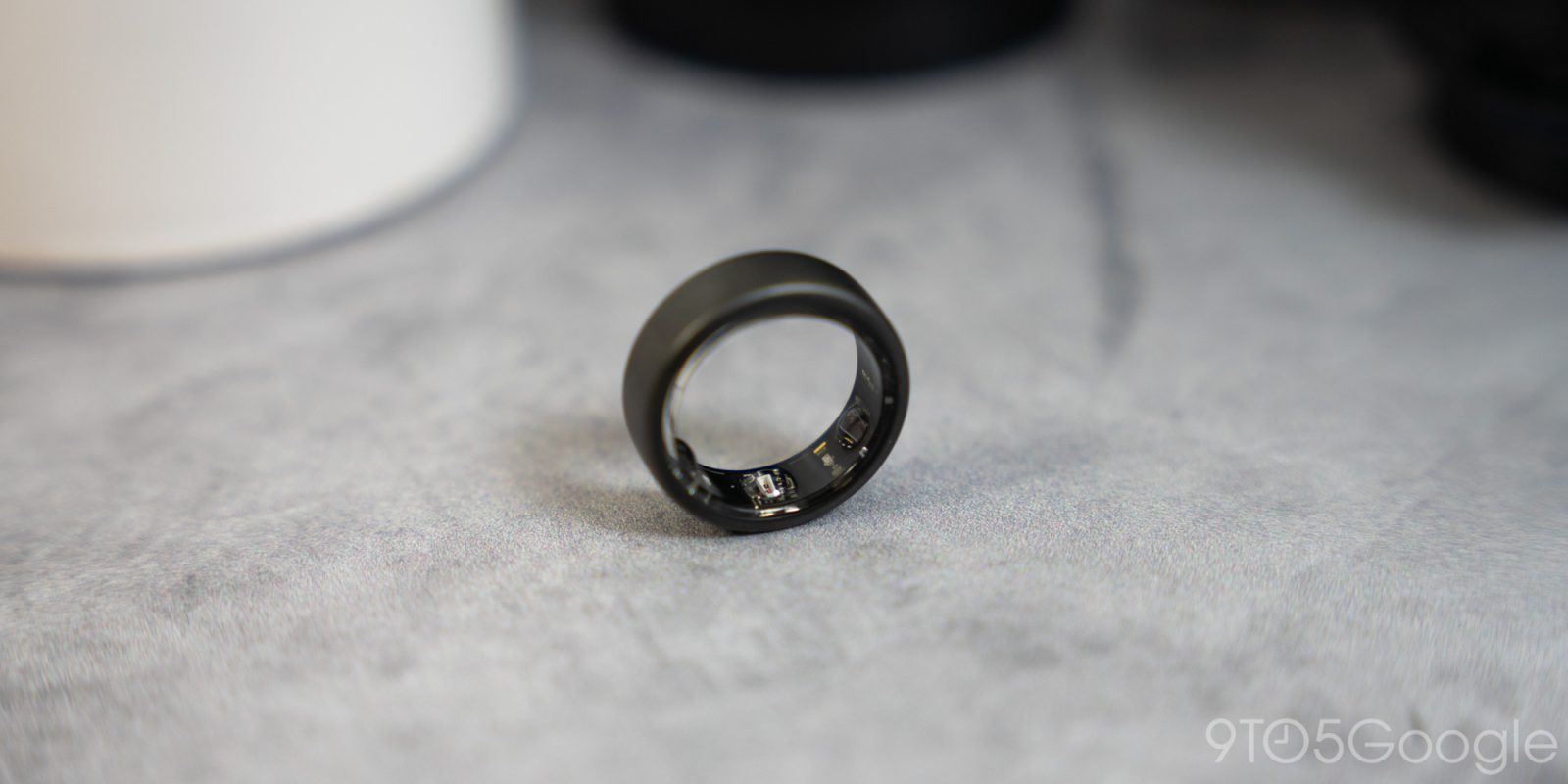
The Oura Ring is a fitness tracker that takes the form of something more inconspicuous – a ring. With that, it foregoes focus on software and a user interface and opts for pure fitness data acquisition through tiny sensors around the finger. It has been, by far, one of the best fitness trackers I’ve used.
The Oura Ring is a rather well-known tracker. The space isn’t exactly filled like the market is with smartwatches. Oura and a couple of other brands have most of the attention to themselves, though companies like Samsung and Apple are likely to get involved sooner rather than later.
Even still, Oura has taken the spot as the king, with a simple but in-depth app that brings attention to a lot of health stats you’d expect to see from a smartwatch or fitness tracking band.
Hardware
It’s a ring
The Oura Ring is, of course, a ring. The Gen 3 Horizon model that I’ve been using takes on a titanium outer edge with a clear plastic inside that allows very small sensors to see changes in your blood and skin. Strictly from a looks perspective, the Oura Ring looks classic and doesn’t draw any more attention than a simply designed band.
I’ve been using the Stealth colorway, which takes on a matte gunmetal gray color. My wife has been using the Gold variant, which she describes as “not gaudy.” Both look and feel premium, even though a large portion of the ring is plastic to accommodate the wireless charging contacts and health sensors.
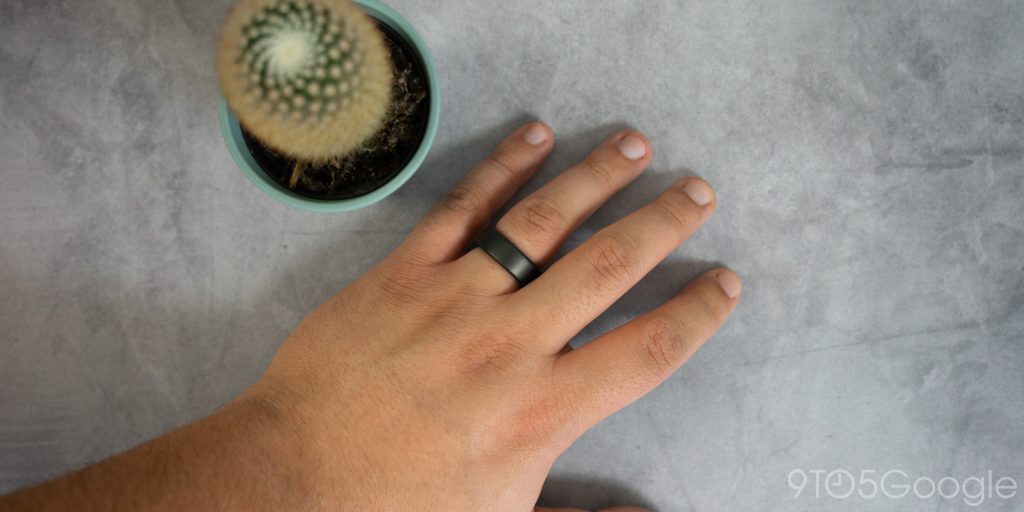
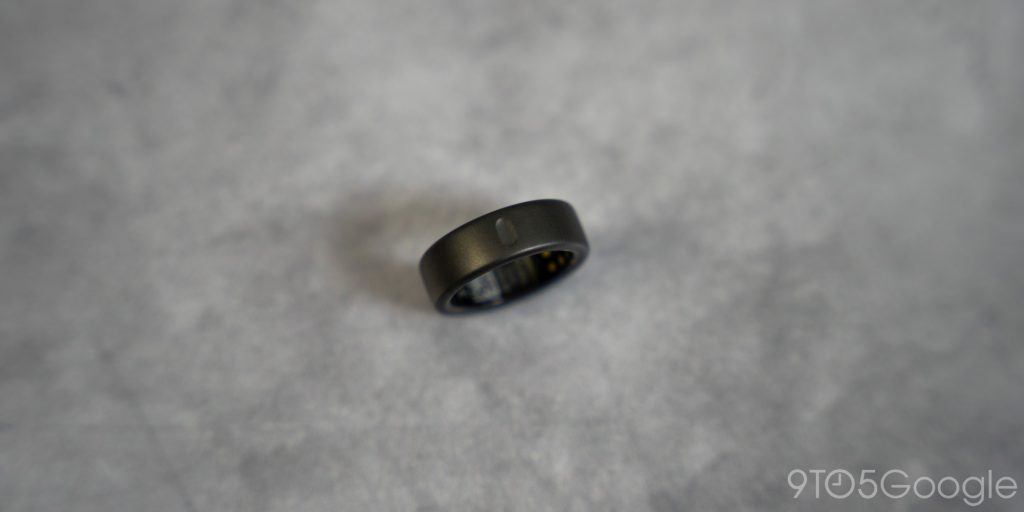
There are two Gen 3 variations. First is the model that I’ve been using, the Horizon. The second design is the Heritage, which has a plateaued top that adds a tiny bit of character.
It should be noted that the Oura Ring Gen 3 is slightly larger than the average wedding band in thickness. It makes sense because of the sensors that need to be placed within the band itself, but it’s worth mentioning that the band will not feel as thin as some might be used to. It doesn’t take long for that feeling to go away and it to feel completely natural after a few days.
If you look from the top down through the ring, three protrusions are noticeable. Those three spots have sensors placed underneath. The raised plastic domes help the sensors get a better view of your skin, as to be useful in any way, it needs to have contact, much like a generic fitness tracking band or smartwatch. It’s also worth noting that Oura suggests wearing the ring on the index finger for the best results, but in vanity, I can’t bring myself to be comfortable wearing the ring on anything but my ring finger.
The little domes don’t hurt if you choose the right size. That part is easy with the company’s ring sizing kit, which I highly recommend using. Much like the size of the ring itself, the protrusions go unnoticeable after a matter of days.
Given enough time, the ring becomes second nature. It’s comfortable to wear and use daily, which is the issue I find with smartwatches. I don’t always want to wear a watch, especially when I’m typing or sitting at home. However, the ring can do its thing without being a bother, which is something I absolutely fell in love with.
So many sensors in a small profile
Oura is fitting several different sensors into one small space. The ring itself is not much bigger than the sensor area of a smartwatch. However, you have to remember that Oura is attempting to fit all of those sensors in several millimeters of material.
The company has obviously succeeded in doing so. The Gen 3 model takes on several sensors along the bottom portion of the ring. A small marker on the outside of the ring gives a tactile point of reference for where the sensors are. For the best results, Oura asks that users keep that marker at the bottom of their finger.
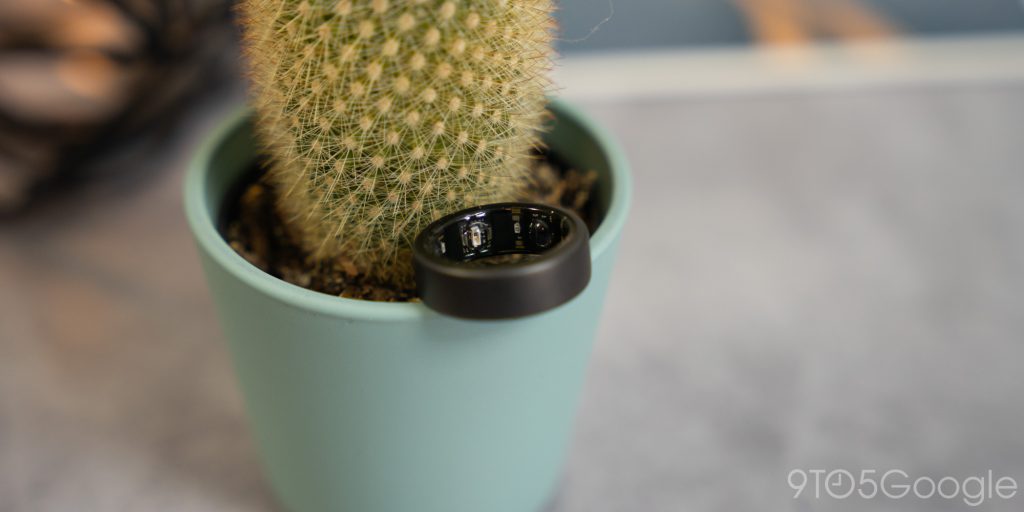
Where that marker lies is an array of green LEDs, red LEDs, infrared photoplethysmography sensors, and temperature sensors. The green LEDs measure heart rate, while the red LEDs read blood oxygen. The PPG sensor alongside it also reads heart rate and HRV.
In reality, that’s a large array of health sensors all packed into one small space. In testing, there doesn’t seem to be a big difference in how well the Oura Ring tracks my health data compared to other methods, and if there was, I’d be somewhat more inclined to believe the Oura Ring due to the primary focus on health data over anything else.
Performance
A truly fantastic app experience
I still use apps like Fitbit and Samsung Health to get an idea of what my stats are on a regular basis. However, I’ve found that the Oura app is a step above those in a lot of ways. It’s unique in that it can be as simple as you want it to be, or as complicated.
On a daily basis, you can go in and choose from a plethora of tags to indicate what happened. For instance, if I got a headache one day, I can mark that down so that looking back at my stats I can identify how that’s represented in what was gathered. In the same vein, I can also mark that I had caffeine, which may have contributed to the headache.
Once enough data is recovered when you’re wearing the Oura Ring, certain portions of the app are unlocked. One example is your readiness score, which is likely familiar to most users. The data is taken from several days and is compiled to get you a readiness score that can help you see how well you’re going to take on the day.
The Oura Ring also gathers sleep data that’s rather in-depth compared to some other trackers. You’ll see your sleep time, efficiency, REM and deep sleep cycle time, and sleep latency. Each of those factors comes with a percentage and some extra data that gives you a more rounded view of how well you’re sleeping. The Oura Ring even tracks breathing regularly, which is a big health point that goes unnoticed with a lot of apps.
The below screenshots give a general idea of what the app looks like, and each page has much more information beyond what’s at the top.
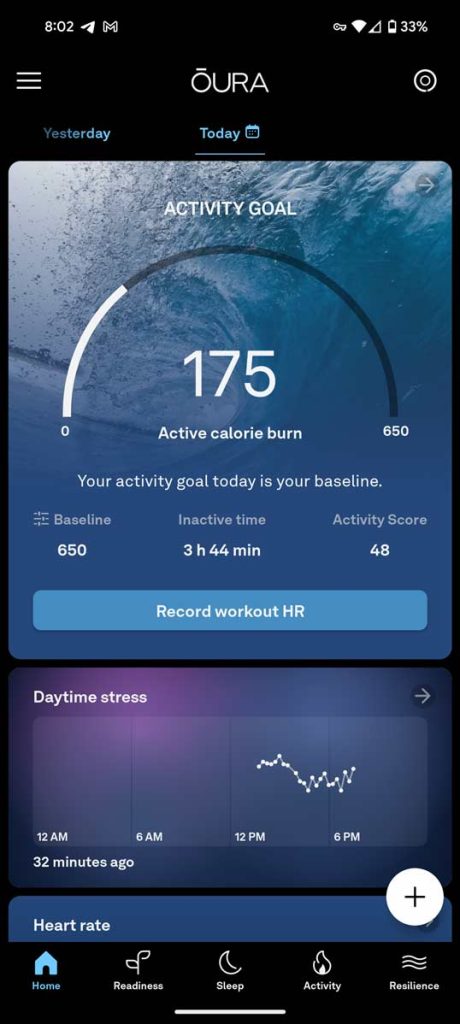

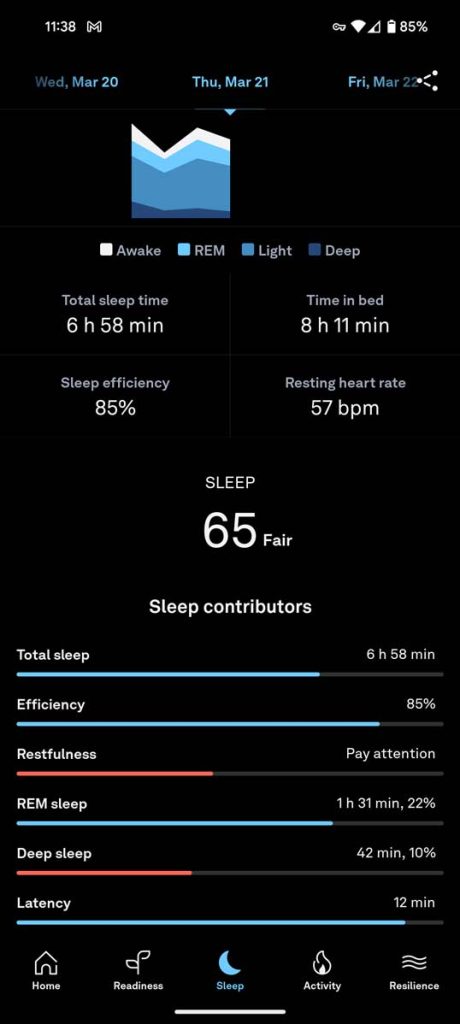

When I say you could spend hours looking through everything the Oura app has to offer, I’m being completely genuine. I’ve never used an app that gives me the sense that I’m actually equipped to work on personal health as much as the Oura app.
Cycle tracking
One of the biggest benefits of the Oura Ring is its cycle-tracking capabilities. My wife used hers for the same amount of time as me, and the feature set has proven valuable for those who need to track cycles.
She notes that compared to manual BBT tracking, the Oura Ring does not track exact temperature readouts, only deviations from average readings. If it were to define specific temperatures, that’d be ideal, but readings in their current condition are fine. Compared to a BBT monitor, the readouts remain constant to what the Oura Ring gathers. Essentially, the ring is very accurate.
Overall, the cycle tracking function is a great addition to the app, though it feels a little limited unless you pair a third-party partner and the following fee. Doing so would grant further data processing with Natural Cycles, but that costs more on top of the existing subscription to Oura. Without Natural Cycles, cycle readings are rather basic. While good to have on hand, it would be nice to see a little more added to the app in that particular category.
She also mentioned that bringing those stats into play with other health parameters would be welcome, specifically in regard to your cycle phases and how they affect sleep, activity requirements, and so on. The Oura app is wonderfully positioned to do something like this, and I wouldn’t be surprised if further integration came in the future. The fantastic thing about basic fitness trackers is that most of the experience is had in the app and can be improved over time.
Battery life
One of the major concerns I had for the Oura Ring was battery life. Initially, I assumed it’d be a couple of days. Oura suggests that users can get up to seven days, which I haven’t entirely found to be the case.

Again, that’s wearing the ring literally 24/7. Sleeping, showering, walking, golfing, and everything in between. The Oura Ring doesn’t come off and tracks health data constantly.
All of that comes out to about four or five days of battery life. That’s not incredible, but it’s much better than what most smartwatches offer users. And even then, showering and sleeping with a watch can be uncomfortable and in all honesty, concerning behavior.
When the battery dies, you can set the Oura Ring on a small charger that looks like one of those ring display fingers at a jewelry store. In a little less than an hour, the ring is charged, and you’re good for another four to five days.
Final thoughts
Before I stepped into fitness tracking rings, I thought smartwatches were the way to go. They’re fashionable and productive, and also give you a heads-up on notifications. But after using the Gen 3 Oura Ring for a couple of months, I can’t help but backtrack on that.
Smartwatches are a little uncomfortable in certain situations. You need to charge them every other day. They don’t often offer intuitive apps solely for fitness tracking and collecting all the data that comes with it.
The Oura Ring, on the other finger, offers a robust app at a reasonable monthly cost with a piece of hardware that never asks for attention from you or anyone else. It’s just there doing its job at all times.

The Gen 3 Oura Ring starts at $350 for the Horizon model and $300 for the Heritage. After that, access to the app is $6.99/month. It’s cheaper than some, but it’s also a matter of paying for something that you’ve already purchased in the ring.
I do think that if you’re looking for a fitness tracker that does its thing with little interference, the Oura Ring is the way to go. The app is really great and likely offers more stats than you’ll need. The Oura Ring Gen 3 really is a sleeper in the fitness tracking industry, and I’d be hard-pressed to change my mind.
FTC: We use income earning auto affiliate links. More.

Comments